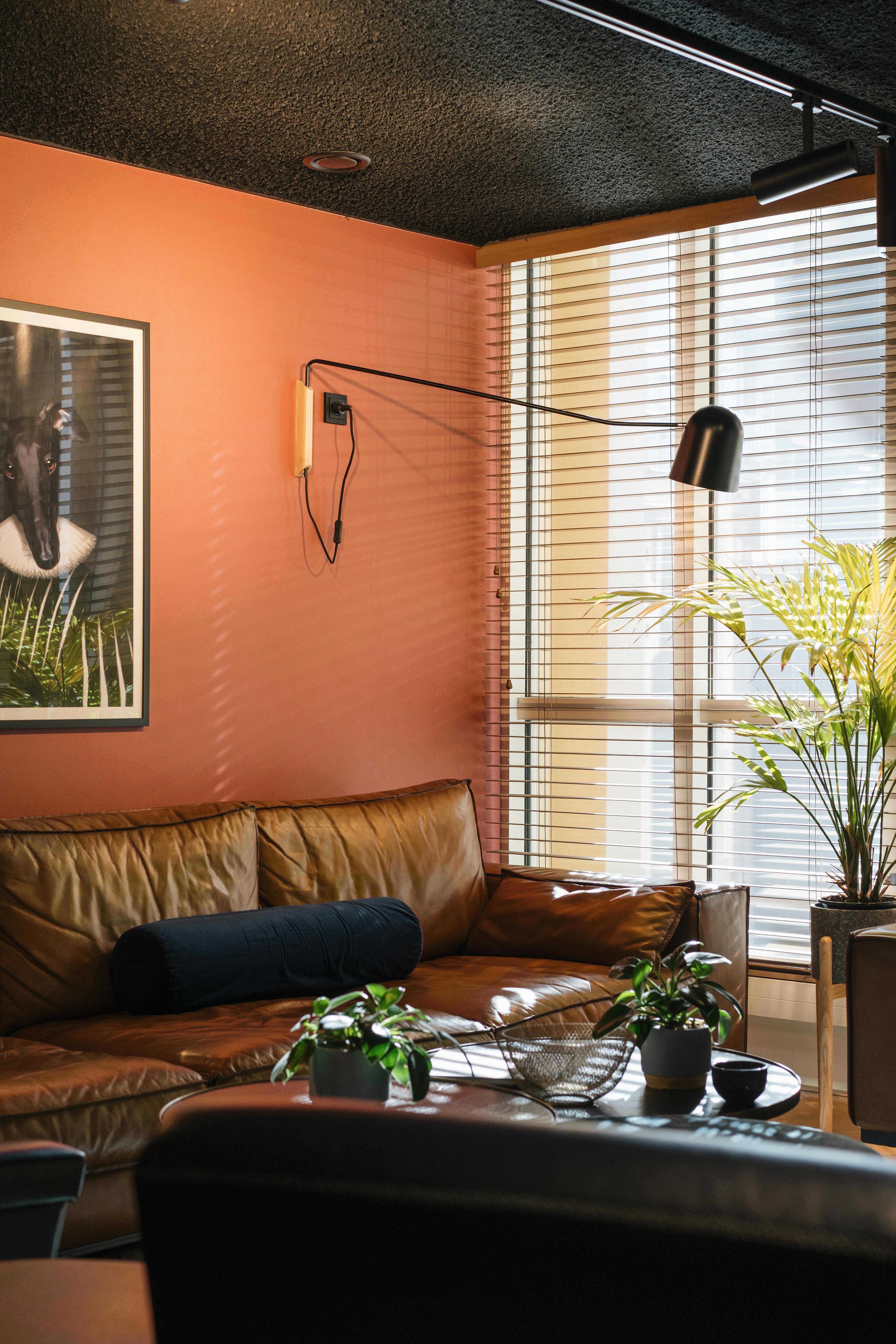Right, let’s get this straight. You’ve trudged through every fitness blog out there, battled the overwhelming urge to surrender to the latest fad diet, and finally, you’ve realized it’s time to build your own total body home gym. No longer will you be at the mercy of gym timings, sweaty workout machinery, or crowded weight rooms. You’re taking control, carving out your own fitness sanctuary right at your home. This comprehensive guide will take you step by step, from empty space to a full-fledged home gym setup. No fluff, no beating around the bush, just the raw, unfiltered truth on the process of constructing a home gym setup that will strengthen your resolve, not your frustrations. And let me tell you, nobody said it’s going to be a cakewalk, but then again, when was achieving anything truly worthwhile ever easy? Buckle up, it’s going to be one hell of a ride. This is your guide, in all its glory, to setting up the home gym that will have you sculpting your physique as meticulously as Michelangelo chiseled David.

Assessing Your Space
Setting up a gym at home can be one of the most infuriating tasks especially if you don’t have an idea where to begin. The first step in this daunting task is assessing your space.
Choosing a suitable room
Are you kidding me? You need a plan! The first thing you need to do is to choose a suitable room in your house. This isn’t just a pick and choose game — you need to carefully analyze which room will be ideal. Take into account factors like the size of the room, its location, and noise levels. A basement or spare room can be perfectly suitable to transform into a home gym if they have enough space and are less likely to cause noise disturbance.
Measuring your space
Once you’ve chosen the room, measure it up damn it! Do not just buy equipment and hope it’ll fit. That’s foolish! Take the time to measure the length, width, and height of the space. This will guide you on the size and quantity of equipment you can comfortably accommodate.
Considering the room features
Next step, consider the room’s features like doors, windows, ceiling heights, and light fixtures. It’s literally common sense! If you ignore these features and bring in an elliptical machine just to realize it won’t fit through the door or the ceiling is too low, you’ll feel like an absolute fool.
Possible house adjustments
Are you considering making adjustments to the room? Some home gyms might necessitate additional lighting, sound insulation, bigger doors or even climate control. Make these adjustments before bringing bulky gym equipment into the room.
Planning Your Home Gym
Planning is all about defining your fitness goals, identifying necessary equipment, creating an equipment layout, and considering the safety of your home gym.
Defining your fitness goals
It’s about time you had some serious sit down with yourself and ask, “What are my fitness goals?” If you aimlessly buy gym equipment without aligning them with your fitness goals you’ll regret that wasted time and money!
Identifying necessary equipment
Now that you’ve outlined your fitness goals, identify the necessary equipment. Tailor your choice of equipment to match the kind of exercises you’ll be doing based on your fitness goals. Stick to the plan!
Creating an equipment layout
Don’t just haphazardly place equipment in your home gym. Use the measurements taken earlier to decide the appropriate spots where each piece of equipment should go. This will help you avoid cluttering your gym space and ensure that you have a fluid and functional layout.
Safety considerations for your home gym
When planning your home gym, don’t overlook safety. You shouldn’t wait for an accident to occur before considering safety measures! Ensure that there’s enough space around each piece of gym equipment, the floor is non-slip and emergency exits are clear.

Purchasing the Right Equipment
The task of purchasing the right equipment can be overwhelming if you don’t know what to look for.
Understanding different types of fitness equipment
You need to understand the different types of fitness equipment available in the market. Quit the ignorance! Don’t just go into a fitness store and pick out random equipment. Research on their use and how they complement your fitness goals before buying.
Choosing quality over quantity
It’s high time we dumped the notion that more is always better! Instead of filling your space with diverse equipment, choose quality over quantity. Go for durable equipment from trustworthy brands that aligns with your fitness goals.
Investing in multi-purpose equipment
If you have a small space, it would be foolish to jam it with several single-purpose machines. Look for multi-purpose equipment that offers a comprehensive workout while maximizing space.
Where to buy reliable gym equipment
Don’t get duped into buying counterfeit products! Only buy gym equipment from reputable stores and vendors. Investing in reliable gym equipment saves you from the exasperating experience of constant breakdowns and repairs.
Setting Up Cardio Equipment
Positioning your treadmills or ellipticals
Location, location, location! Just like real estate, positioning your cardio equipment in the right place matters. Figure out where to place your treadmills or ellipticals strategically. Avoid corners where airflow is constricted.
Maintaining enough space for safety
Leave plenty of space around your treadmill or elliptical trainer for safety. If your equipment is crammed against the wall or other pieces of equipment, your ability to use them safely and effectively is compromised.
Ensuring proper ventilation and temperature control
Failure to ensure proper ventilation and temperature control not only affects your comfort but can also harm your equipment. Ventilation helps in avoiding overheating of machines and temperature control can prevent the damage caused by condensation.

Setting Up Strength Training Equipment
Assembling weightlifting equipment
Putting together weightlifting equipment is not a walk in the park! Be patient and diligent when assembling the equipment, following all the manufacturer’s instructions. Take your time to understand every part and its function.
Organizing free weights and benches
Organize your free weights and benches in a manner that doesn’t obstruct your workout flow. Do not place free weights where they can easily roll causing accidents.
Setting up resistance bands and pull-up bars
Ensure your resistance bands and pull-up bars are properly secured before your workouts. The last thing you need is for these items to give way during mid-workout!
Setting Up Yoga and Flexibility Space
Choosing a serene spot for yoga
It’s baffling how some people fail to recognize that yoga requires a serene spot! Choose a corner of the gym where there’s minimal disturbance for your yoga and flexibility exercises.
Laying out yoga mats and props
Position your yoga mats and props strategically to avoid them being a trip hazard. Their place of storage should also be readily accessible for easy reach and clean-up.
Creating a relaxing environment with flowy curtains and essential oils
If you want to relax, do it right. Using flowy curtains to control the lighting creates a peaceful ambiance. Essential oils will also enhance the tranquillity of the space.

Mitigating Noise and Vibration
Imagine trying to meditate in your yoga space next to a roaring treadmill! Mitigating noise and vibration is crucial.
Using rubber mats and padded flooring
Absorb the impact of your workouts by padding the floor with rubber mats. It’s not just about keeping the noise down, it also protects your floor from damage and increases your comfort.
Installing soundproofing materials
Install soundproofing materials if your gym is causing disturbances in the rest of the house. Do it right the first time and you’ll have to worry less about complaints from your housemates or neighbors later.
Considering placement of heavy-duty equipment
The placement of heavy-duty equipment must be carefully considered. For instance, treadmills placed on upper floors may cause excessive vibration and noise. Therefore, placing them on the ground floor would be appropriate.
Lighting and Ambience
Natural light versus artificial light
Take full advantage of natural light if you are lucky enough to have windows in your gym. If not, invest in good quality artificial lights. Apart from practicality, the right lighting can also boost your mood and energy.
Optimizing light for different activities
The light intensity needed for weightlifting differs from that needed for yoga. Whether you’re adjusting the window blinds or dimming artificial lights, optimizing light for each activity should be part of your gym setup plan.
Using mirrors for form correction and space amplification
Mirrors are not only for vanity. They are essential for checking your workout form. The reflective nature of mirrors also creates an illusion of a larger space.
Storage Solutions
Utilizing wall spaces and corners
Home gym storage requires creativity. Maximize every inch of your space! Walls and corners can serve as great spaces to hang your resistance bands, skipping ropes, yoga mats and so on.
Installing shelves or racks for small equipment
Installing shelves or racks gives you dedicated storage for small equipment like dumbbells, towels, and water bottles. No more stepping over things when you’re working out!
Keeping your home gym clutter-free
To maintain a conducive workout space, keep your home gym clutter-free. Utilize your storage solutions and ensure everything is returned to its rightful place after your workout sessions.
Maintaining Your Home Gym
Keeping your gym clean
Keep your gym clean, for god’s sake! A dirty gym is a health hazard. Regular vacuuming, wiping down surfaces, and sanitizing your equipment should be a top priority.
Routine maintenance of equipment
The longevity of your gym equipment is determined by how well you maintain them. Do regular checks, tighten loose parts, and lubricate where necessary. If there’s a problem, don’t ignore it, fix it!
Updating your gym as your fitness needs evolve
As your fitness goals evolve, your gym should grow with you. Don’t be stuck with a weight loss setup when you’ve reached your target and now want to focus on bodybuilding.
In conclusion, if you follow these steps you won’t botch setting up your home gym. Invest time in planning, purchasing high-quality equipment, positioning it wisely, and maintaining it properly. Don’t let ignorance prevent you from achieving your fitness goals in the comfort of your home.
